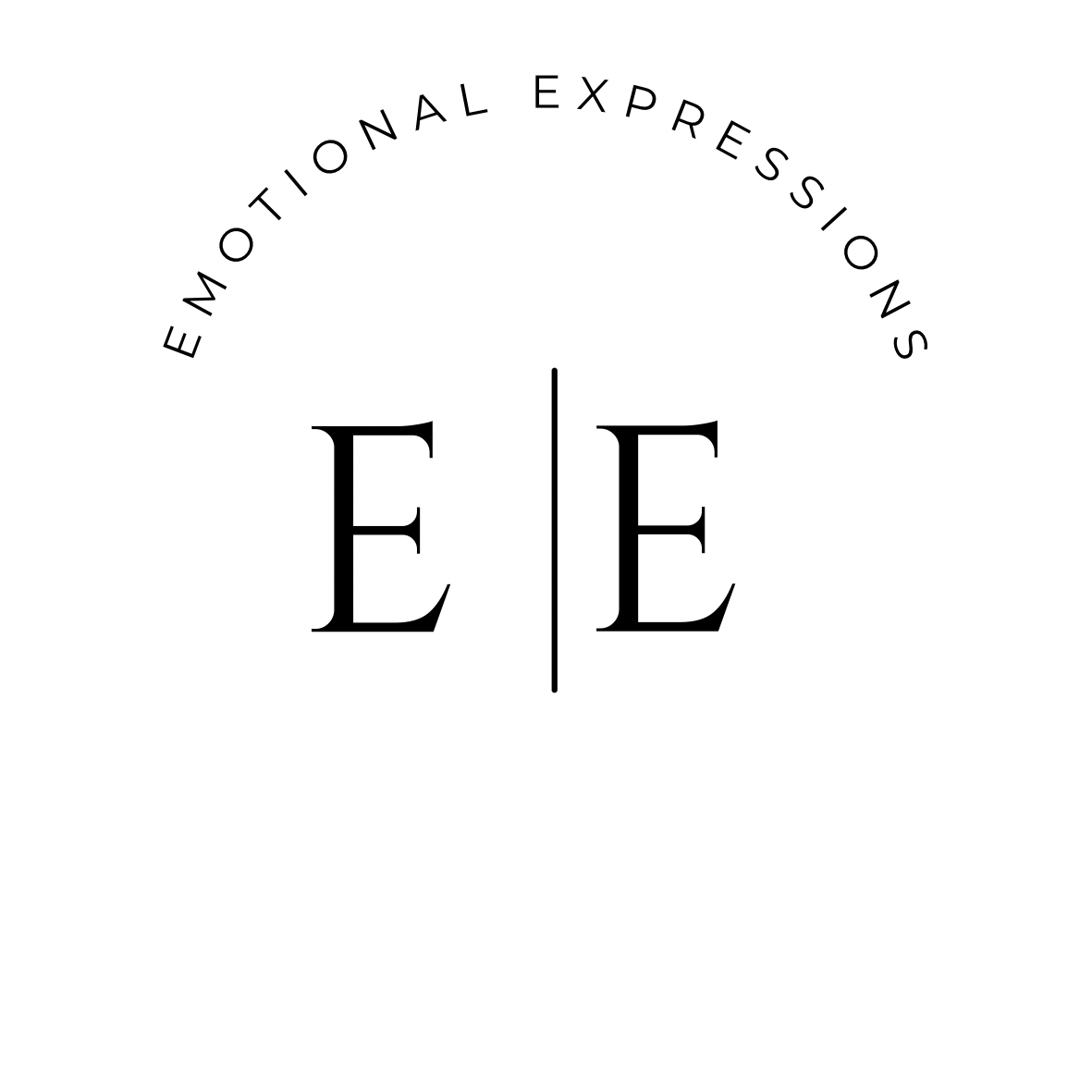Rediscovering Love: Healing From Narcissistic Abuse and Finding Happiness Again
- Survivor Key null
- Jan 17
- 4 min read

Healing from narcissistic abuse can feel like an uphill battle. It is a journey filled with moments of hope and despair. When I first faced the aftermath of such a toxic relationship, I quickly understood that my healing journey did not have a specific timeline. It was not just an emotional scar; it involved a significant shift in how I viewed myself and my relationships.
I was unfamiliar with the world of narcissism. The manipulation and emotional upset I endured were overwhelming. After such an experience, the idea of love felt alien. Was it safe to open my heart again? Life moved on while I tried to heal, often pulling me along even when I felt shaky.
Understanding the Long Road of Healing
Healing is personal, and it rarely follows a straight path. For me, the journey resembled a rollercoaster—sometimes thrilling, other times gut-wrenching. Each emotion I felt was valid, and I learned to accept both the highs and the lows. It is crucial to recognize that healing is not linear; it often involves several steps backward before making strides forward.
During this period, I paused my love life. I encountered wonderful men who were interested in dating, yet I needed to focus on myself. I pushed away potential partners because I feared vulnerability, worrying that I was still too raw from my past trauma. For instance, statistics show that around 49% of people who experience narcissistic relationships report difficulties with intimacy afterward.
The Decision to Be Transparent
Eventually, I reached a turning point in my healing journey: I decided to embrace transparency. I wanted to be upfront with anyone who might enter my life about my current state. If I met a new man, it was important for him to understand that I was on a healing trajectory and still mending my heart.
This openness came with the risk of rejection, but it also meant inviting someone to truly see me. By sharing my story, I gave potential partners the opportunity to either support my healing process or opt out—and I was okay with either choice. I needed someone willing to stand by me as I continued to work through my journey instead of pushing for quick resolution.
Meeting Someone Who Respected My Boundaries
Fortuitously, I did meet someone amazing. He listened to me and respected my boundaries, showing a genuine commitment to being part of my support system. We took our time getting to know each other, and he approached our budding relationship without pressure or expectation.
This gentle, understanding presence was refreshing. It reminded me that love could be safe and nurturing. With each conversation, our connection deepened. I found joy in his company. He understood my journey, yet he encouraged me to strive for personal growth—a true partnership.
Building a Support System
Having someone supportive transformed my experience. He was not just an escape from my past; he became a sturdy pillar I could rely on. Together, we fostered a solid foundation based on open communication, respect, and understanding.
I learned the importance of a strong support system during my journey to recovery. According to studies, having supportive relationships can increase resilience and lead to healthier psychological outcomes. Friends, family, or a partner who nurture your growth are crucial. They help remind you that you are not alone, and your healing process is valid, even when it feels complicated.
Embracing Love Again
Through shared moments and experiences, I began to open my heart again. I discovered that love does not have to be chaotic; it can be a rewarding experience if built on trust and mutual respect. Additionally, I realized that embracing love did not mean I had to abandon my healing. I learned it is possible to balance both. I gradually began to envision a future where my past would not dictate my present.
I know this might not resonate with everyone, and that is perfectly acceptable. Each person's experience is unique. Personally, learning to live in the moment while allowing myself grace during tough days made a significant difference.

Moving Forward with Intent
As time went on, my partner and I grew stronger together. He never rushed me or pulled me back into a whirlwind of emotions. Instead, he encouraged me to set boundaries, embrace my feelings, and honor my healing when it felt challenging.
My journey taught me to take things one day at a time. Life will always present challenges, especially during the healing process, but we have the power to approach love with intention. We can choose our partners wisely, surrounding ourselves with those who respect our values.
Each step I took toward healing led to something beautiful. Remember that healing from narcissistic abuse is an ongoing process. You will have good days and bad days, and that is completely normal. What matters is your commitment to your own wellbeing.
The Takeaway
Healing from narcissistic abuse is not a sprint; it is a marathon with the goal of self-acceptance and empowerment. It is about understanding yourself and being willing to give love another chance when you're ready. Ultimately, love can flourish, even amid personal challenges.
Being open about your healing journey can foster genuine connections. For those walking a similar path, know that patience is essential. Allow yourself the time to heal, and believe that love can bloom again when you least expect it. Just as I discovered—sometimes, love finds you while you are focused on loving yourself.














Comments